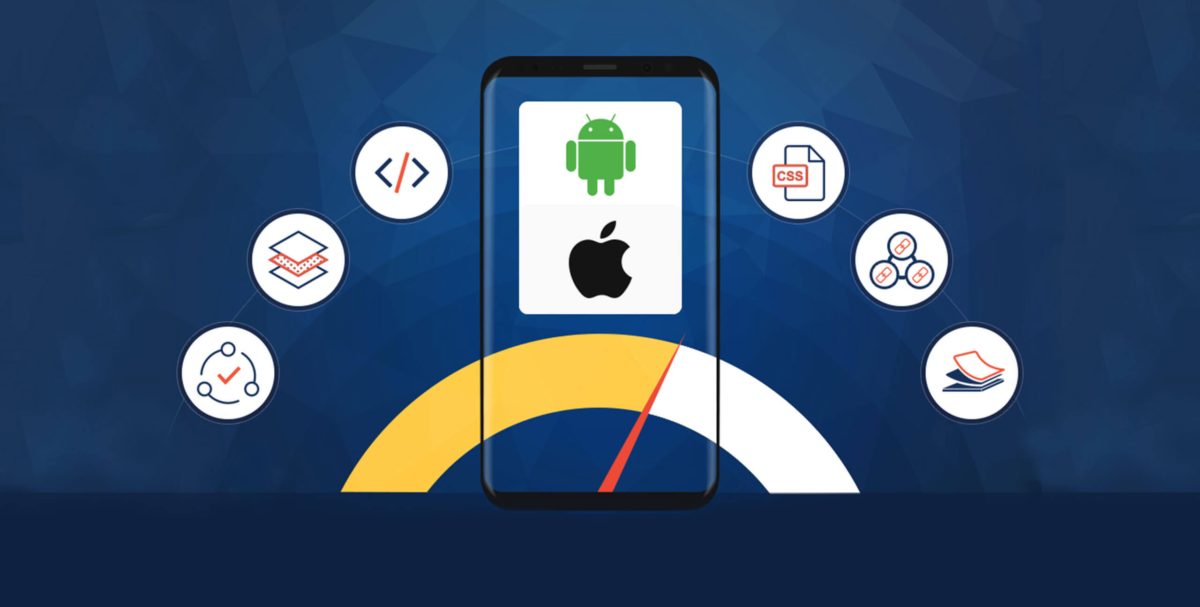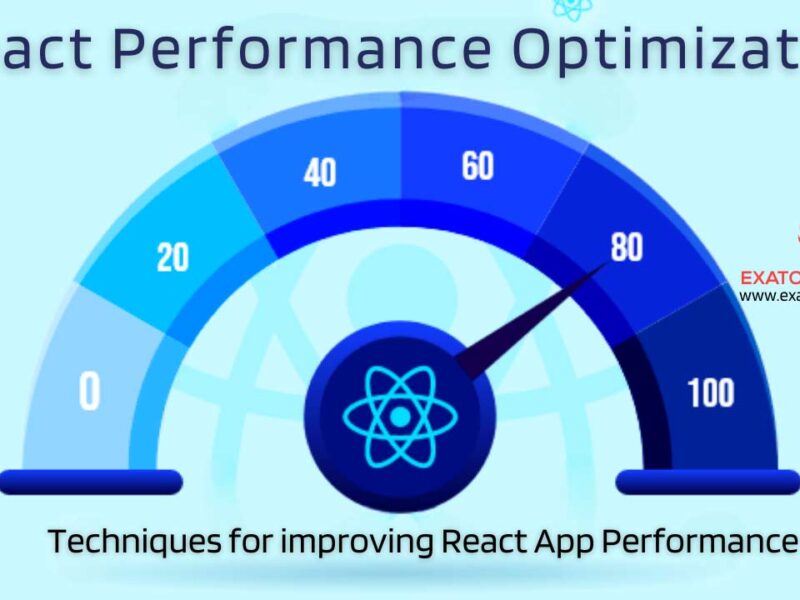Few of the top Smartphone companies are heavily investing to offer consumers Foldable smartphone devices for a better user experience. These phones are already in the market and soon will be available at almost every store. These are believed to be a sure hit if you believe the signals users are sending after using these phones. Before these foldable smartphones are in the hands of every user App developers need to adapt quickly to provide applications that can support new changed screens and other functionalities. App migration is another area where developers would need to focus their minds on if they are not in a position to build a new application altogether.
However, new development may not face as stiff challenges as migration may, but still, there are a few challenges that even developers developing entirely new apps may need to overcome. These challenges can become stiffer for any mobile app development company because smartphone providers are offering devices with different folding options. Take for example Huawei and Samsung. These giants have come up with foldable phones which are already in the market but for an app developer, these are two different conditions for the screen to adjust because of different folding options.
Advantages of foldables
For android developers or custom mobile app development, one of the challenges in foldable phones would be to make the app switch from a single screen to an expanded screen seamlessly. The transition from a single screen to a fully expanded screen and vice versa needs to be seamless without even a flick. This means the app should be able to adapt according to screen size and should possess the intelligence of sensing change in different screen modes.
What makes it a bit more complicated is the different types of foldable options or screens supported by smartphone makers. Samsung is offering a device that has two screens, cover and main, whereas Huawei smartphones are coming with a single screen that can be unfolded to get a tablet-sized display. To overcome this problem all Android SDK provides is a measurement of screen size and adjustment of the display accordingly.
Multi-window
Developers need to put in some extra effort in order to manage multiple apps at the same time in a foldable screen device. The feature of running multiple apps at the same time is already there in Android but it was not introduced for smartphones, this is for large screens like LEDs. Right now android can manage multiple apps at the same time but keeps only one app active and remaining in dormant mode. With foldable phones, users would like to run multiple apps at the same time. With Android 10 SDK managing multiple apps is not a problem and can be managed.
The real problem arises and will need some development effort if these apps access any hardware resource like a camera simultaneously. Managing apps that access hardware resources and run at the same time calls for some changes in development methodology for a flawless user experience.
Resolution factor
To handle fold screens there is a need for different user interfaces. But even after having a different user interface different resolutions of screens that smartphone manufacturers are offering may pose some difficulty. Samsung and Huawei have hit the market with phones that have different resolutions for single and unfolded screens. The aspect ratio can vary from 21:8 to 1:1. Android 10 SDK offers support for a range of screen ratios.
QA of Apps for foldable phones
It is not just developers that are going to face some challenges because of foldable devices. Even quality analysts would need to gear up to test the functionality of apps across different devices offering different screen sizes, resolutions, and folding options. Although there are emulators that can help a tester to check how the app functions over different hardware specifications but to be sure of quality the real testing app should be run on as much variety of devices as possible.
With the arrival of foldable, there is going to be no change in the business logic of apps which actually saves a lot of repeated work for every Android development company. But any custom mobile app development company would need to do plenty of changes in the user interface. The advent of foldable phones is going to increase time and cost for every mobile app development company and eventually for end users. How much change in cost and time can be absorbed by companies and providers will be seen in the future and may even decide how well foldable smartphones venture into the market.
It is not just the cost of development but quality checking is also going to incur more costs while developing apps for foldable. With companies just beginning to launch their new devices in the recent future rush of new models with different options is going to flood the market. Changing models and screen resolutions are going to pose more challenges for developers and eventually for testers. All these are going to make apps costlier.
In the end, the impact of foldable phones is going to increase competition amongst manufacturers and will test app development companies for managing development cost-effectively. However, custom mobile app development is not going to pose any stiff challenge which may bring any substantial change in the process of designing and coding the apps. Experts even view how well app development is going to respond to foldable phones may prove to be deciding factor for the future of foldable phones.



